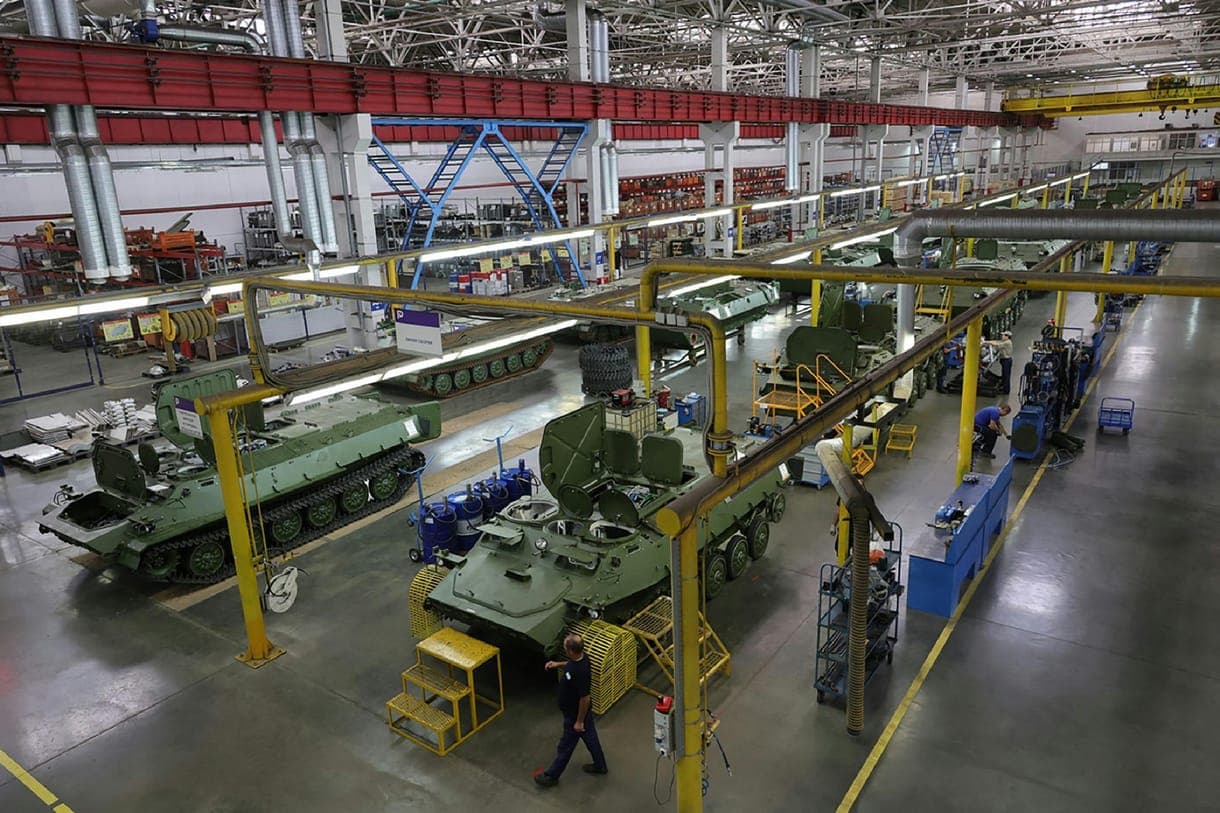Generals and commanders always prepare to fight the last war again, says the military cliché. This is what Vladimir Putin’s Russia did when it invaded Ukraine in February 2022. However, in a protracted conflict, there is also an opportunity to learn, and according to analysts, this was exploited not only by the defensive Kiev, but also by the aggressor Moscow. At the beginning of the war, Russia, which was stronger in all respects, did not, contrary to expectations, manage to bring Ukraine to its knees in a few days or weeks – even Washington feared this – and in fact, within a month, the approximately 50-kilometer-long military column, whose task it was to take and occupy Kiev and its surroundings, disappeared almost without a trace.
Experts – quite rightly – explained the spectacular Russian failure by saying that the leadership of the army, which was considered strong before the invasion, had not learned from the mistakes made in previous conflicts. For example, they forced the march of tank columns consisting of dozens of vehicles, despite the fact that the Chechen war around the turn of the millennium had already proven:
Tanks become defenseless if they are fired first and last on the roads of enemy territory.
The Russians also firmly believed that numerical superiority was all-powerful, and therefore attacked the flexible Ukrainian defense with significant forces. It also mattered a lot that while Ukraine tried to deploy as many drones as possible – primarily Turkish – in the first phase of the conflict, the Russian command only belatedly understood the significance of unmanned vehicles.

